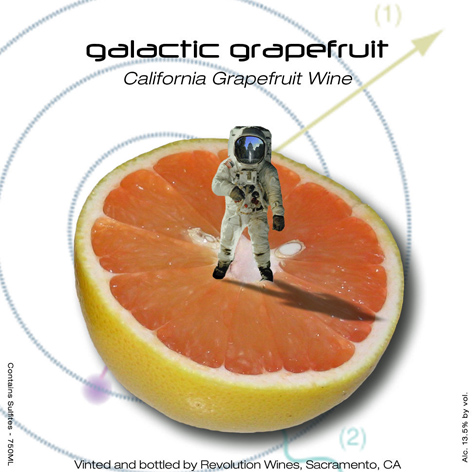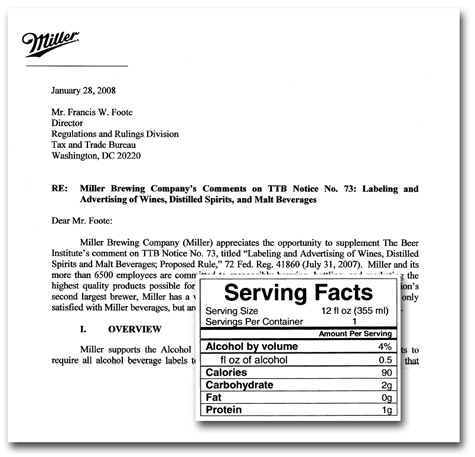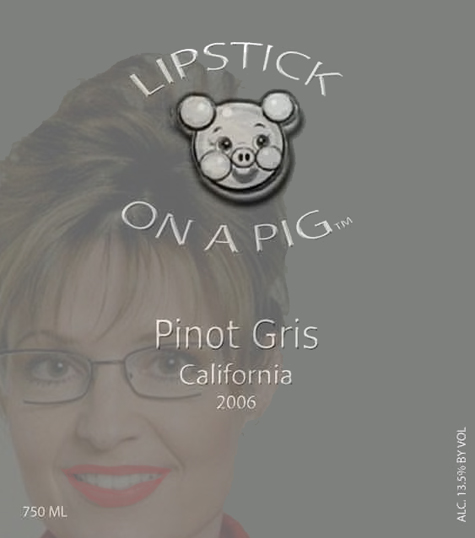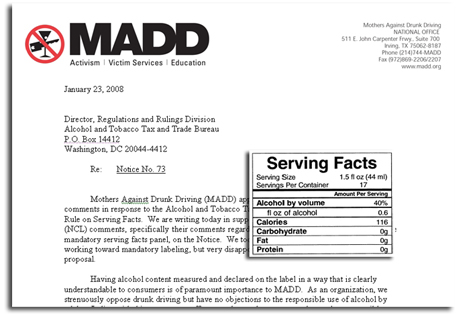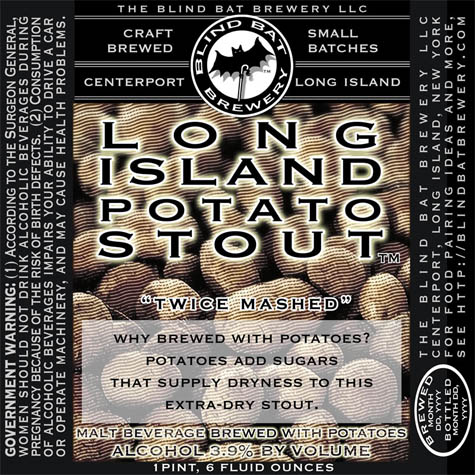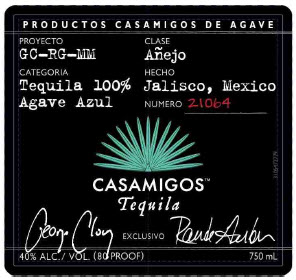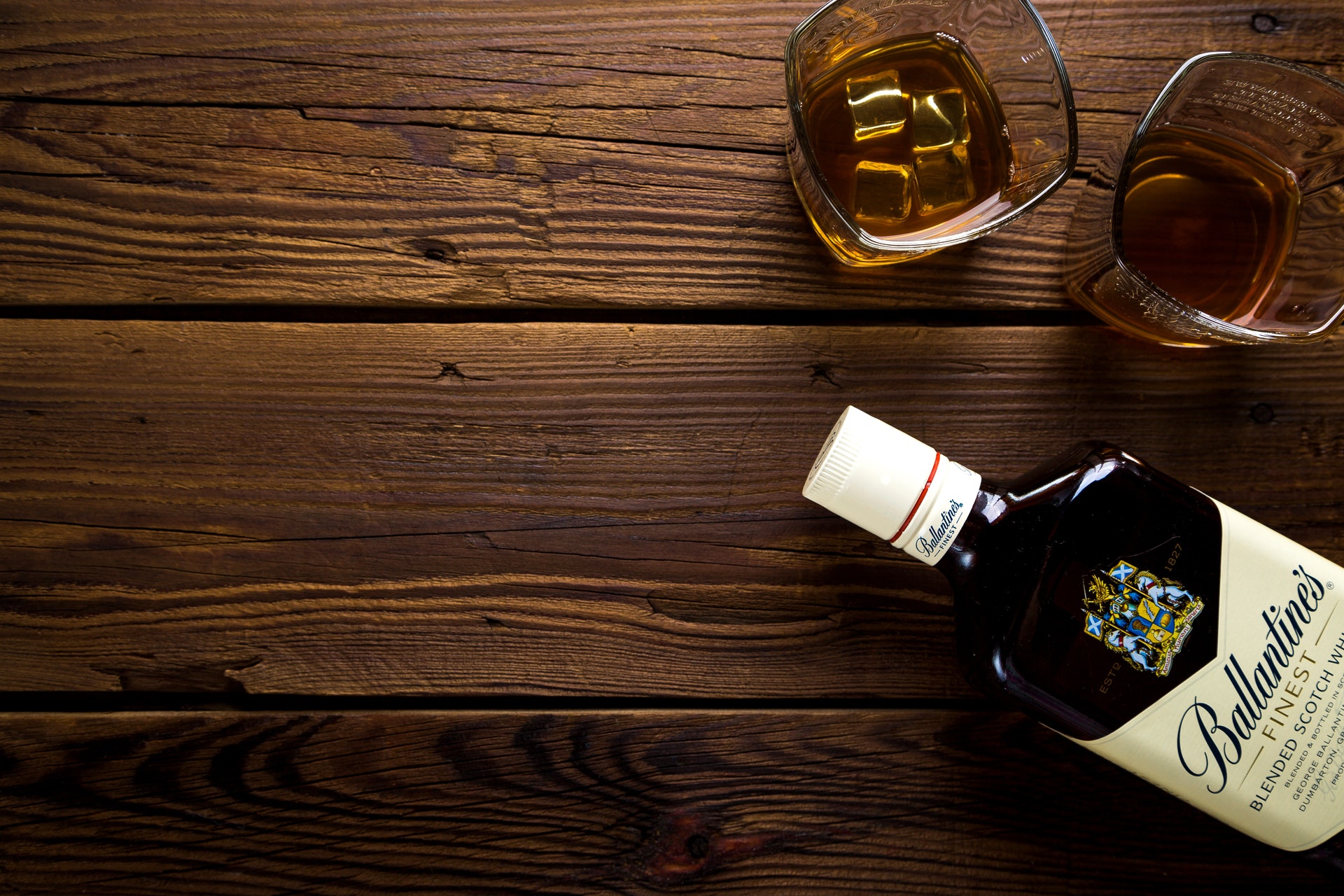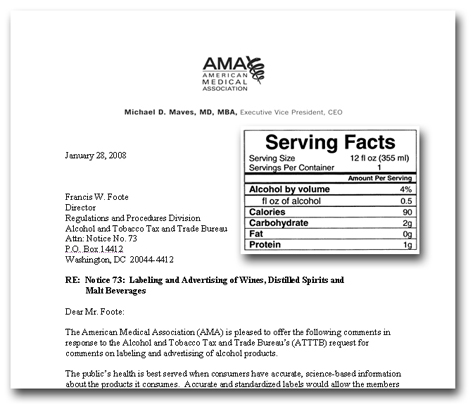
It is likely that all beer, wine and spirits labels will change dramatically in the near future. TTB has been working on new rules since CSPI and other groups submitted a petition in 2003. The new rules would require a “Serving Facts” panel on every container. This panel would include a lot more information, such as the typical serving size, number of servings per container, calories, carbohydrates, protein and fat. Because this is a big, controversial change, TTB has received more than 18,000 public comments during the past few years. There are far too many comments for most people to review, and so we will highlight and summarize the most noteworthy comments here. The most recent proposal and comments are here. This is comment 3 in a series; to see others, click on the “serving facts” tag below.
- The AMA believes “The public desires and deserves accurate information on ingredients and potential allergens in alcoholic beverages.”
- “Consumers are confused about the type and amount of alcohol” in newer products such as wine coolers, “alcopops,” and “high malt content beer products with names and packaging deceptively similar to those of same-brand distilled spirits.”
- Roughly half of all alcoholic beverages are consumed by persons with alcohol use disorders.
- “Serving Facts” should appear in a consistent manner across all labels, all containers including kegs, and even all ads.
- All labels and ads should disclose all ingredients (such as caffeine, additives, preservatives).
- The Serving Facts panel should show alcohol based on grams of ethanol, and “proof” should be phased out.
- Labels and ads should show a “standard drink” (equal to about 14 grams or 0.6 fluid ounces of pure alcohol). They should also show the number of servings per container in fluid ounces of pure alcohol. This should be done with a “consistent graphic symbol.”
